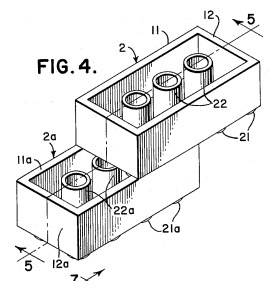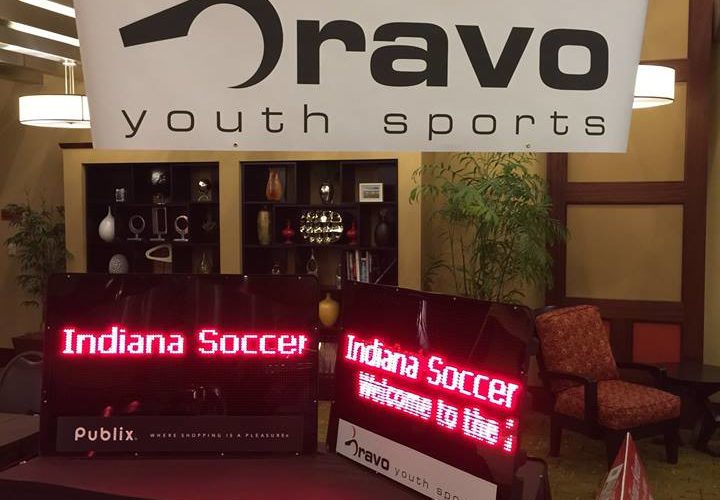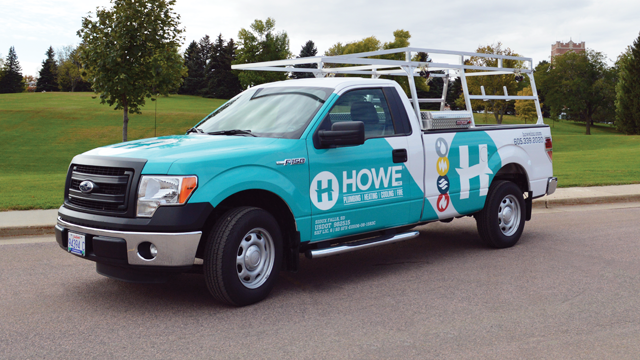Your intellectual property: How to identify and protect it
Dec. 5, 2018
This paid piece is sponsored by Woods, Fuller, Shultz & Smith PC.
By Joel E. Engel, intellectual property attorney
As doing business in our world becomes sophisticated, it is even more important to consider how a business can take steps to protect its intellectual property. A basic understanding of the differences among trademarks, patents and copyrights will help your business identify potential issues and protect its intellectual property.
Trademarks – Building your brand ®
A trademark is a word, symbol, color or sound that uniquely identifies and distinguishes the goods or services you offer from those offered by others. Trademarks allow a business to create goodwill in a brand and allow consumers to understand from whom their goods and services are coming. When you see brand names or logos, you are seeing trademarks.
Conflicts can arise between businesses when consumers are confused between marks. These disputes typically begin with a cease-and-desist letter but occasionally result in lawsuits. Last year, PayPal and Pandora settled a lawsuit arising from PayPal’s claim that Pandora’s redesigned logo (right) infringed PayPal’s logo (left):
Consider registering your mark with the United States Patent and Trademark Office. Once issued, a registration is effective so long as you continue to use the registered mark in commerce and file the required maintenance documents and fees. While simply using your mark gives you some limited rights at a local level, registration offers numerous benefits, including the presumption you have the exclusive right to use your trademark nationwide.
Patents – Protecting your inventions
A patent gives its owner the right to exclude others from making, using, selling or importing an invention for a limited period of time – potentially up to 20 years. Patents can be obtained on useful inventions that are both novel – has not been known before – and are not simply an obvious combination of previously disclosed inventions. A patent is not automatic. It must be obtained from the United States Patent and Trademark Office.
Patent disputes are common, particularly among manufacturers, and patent infringement lawsuits can result in high-dollar verdicts. Sometimes, the lawsuit is brought by the business making or selling the patented invention. However, there are companies that purchase patents of others simply to bring forth infringement lawsuits. You have probably heard of the term “patent troll,” which describes nonpracticing entities that pursue patent infringement lawsuits to make money as a business model.
Keep in mind there are important time limits applied to obtaining a patent on an invention. For example, an inventor has only one year to file a patent application after the first public use or offer of sale of a product that embodies the invention.
Copyrights – Protecting your original works ©
Copyrights are perhaps the most common form of intellectual property but may be the least understood. Copyrights offer legal protection for authors of original works that are fixed in any tangible medium of expression. Think books, pictures, paintings, designs and videos. For businesses whose primary products are design-related or artistic, such as photographers, architects and writers, copyrights are the key to ensuring others do not improperly copy, distribute or use their works. Other businesses must consider copyrights as they build websites and design promotional material.
Often, businesses who receive cease-and-desist letters for copyright infringement often do not realize their use of a copyrighted work constitutes infringement. Many people think attributing credit to the source of the copyrighted material, such as an image or music, is a defense to infringement. In reality, attribution is not a defense, and the infringer may still be liable.
For those businesses whose bottom line depends on their copyrighted materials, it is critical those works be registered with the United States Copyright Office. Registration of a copyright is required before a lawsuit can be filed in federal court, and timely registration also is required to recover statutory damages.
Identifying and protecting your intellectual property can be complicated. Woods Fuller has experienced attorneys who can help. Visit woodsfuller.com for additional information.










